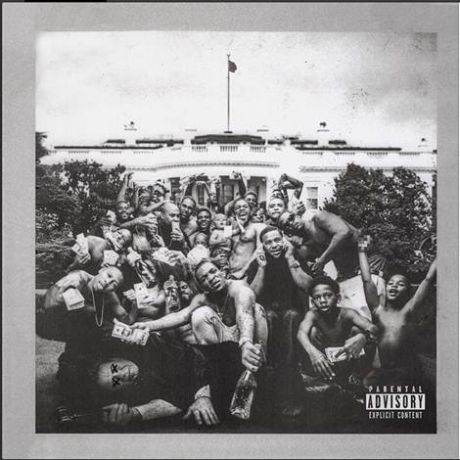Arts
You are here
Music and vibrations of struggle

May 15, 2015
In the 1960’s the fight for civil rights in the US spawned new musical expression. Struggle was not only expressed lyrically, but in new forms. From roots in rhythm & blues, jazz and gospel, pioneers like Sam Cooke, Aretha Franklin, James Brown and George Clinton found new grooves and broke new ground in soul and funk.
Now the new wave of struggle, epitomized by the “Black Lives Matter” movement against racist police violence, is being channeled through the traditions of Black music by breakout artists like Robert Glasper, D’Angelo and most recently Kendrick Lamar.
Lamar’s To Pimp a Butterfly is jaw-droppingly powerful. In turn comical, anguished and angry, it is a soul-baring meditation on what it means for a young black man to “succeed” in racist America, an autobiography of a kid from Compton dealing with the illusions of fame and fortune.
While it weaves in the threads of funk, soul and jazz (thanks to some brilliant contributions from pianist Robert Glasper, Snoop Dogg, The Isley Brothers and more) this is unapologetically rap music. It is a recording worthy of, and fueled by the fight against the New Jim Crow. The unity of purpose, music and lyric here exposes the shallow eclecticism of so many big-name rappers.
From the opening cut–Wesley’s Theory–Lamar explicitly ties past to present. He is joined by funk godfather George Clinton and prodigy bassist Thundercat for a loopy take on sudden success and the seduction of fast money and consumerism, egged on by Uncle Sam:
But remember, you ain't pass economics in school
And everything you buy, taxes will deny
I'll Wesley Snipe your ass before thirty-five.
Beyond the brash beats and alternating gritty and witty rhymes , what sets Lamar apart is a fearless honesty. He confronts his own damage, being manipulated and his manipulation of others, broken relationships, bouts of depression and survivor’s guilt. Being conflicted and championing the conflict are inseparable: the caterpillar and the butterfly.
Because of that, when he finally angrily confronts the racist hypocrisy of “post racial” America–as in The Blacker the Berry–the power is undeniable.
Church me with your fake prophesyzing that I'mma be just another slave in my head
Institutionalize manipulation and lies
Reciprocation of freedom only live in your eyes
You hate me don't you?
I know you hate me just as much as you hate yourself
Lamar ends the recording with a “conversation” with 2pac Shakur. He seamlessly weaves his questions and rhymes into an interview the late, great rapper, talking about the music and vibrations of struggle. From anybody else this would be impertinence; but by the end of To Pimp a Butterfly Kendrick Lamar earns the right to stand beside rap’s greatest.
Section:










